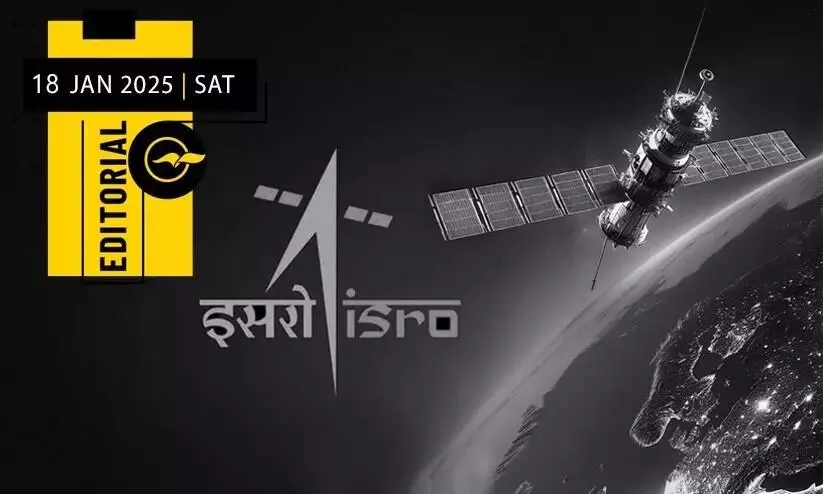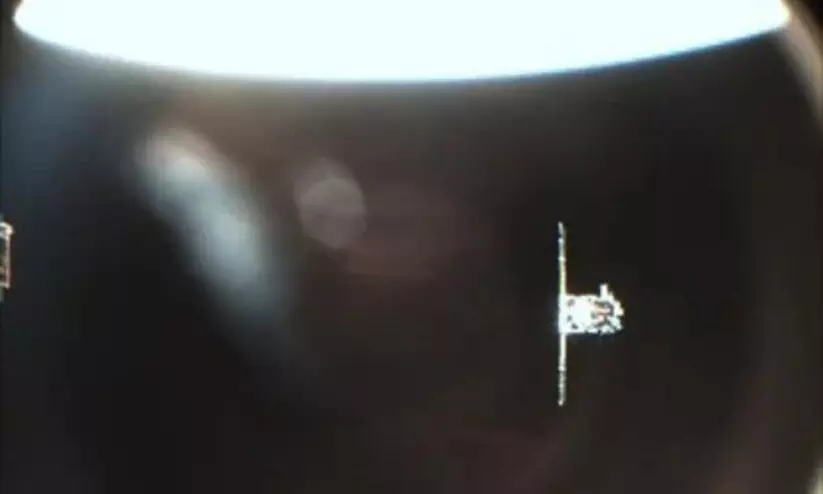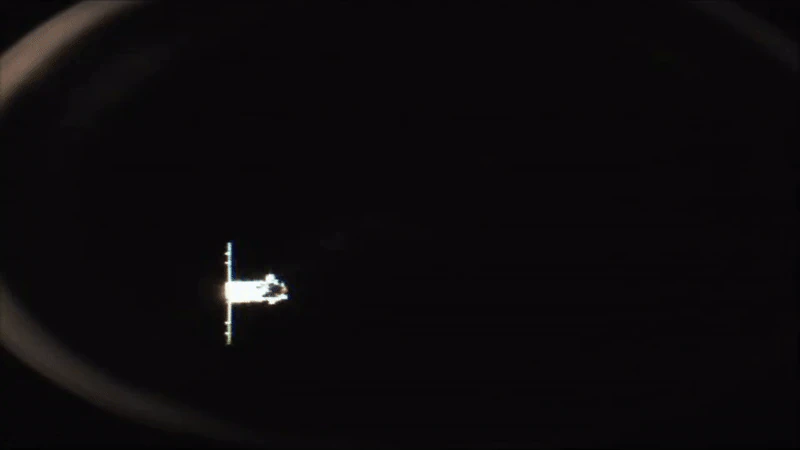
Yet another victory in space
text_fieldsIndia has once again made history in space exploration. The Indian Space Research Organisation (ISRO) has successfully conducted a space docking experiment (SpadeX), involving the joining of artificial satellites in Earth's orbit. Launched on December 30 from Sriharikota, the PSLV-C60 rocket placed two small satellites in orbit 475 kilometres above Earth. The SpadeX experiment required separating these satellites and then bringing them back together. This crucial experiment in space exploration has previously been successfully conducted only by the US, the Soviet Union, and China. Therefore, this achievement, like Chandrayaan, marks a significant milestone for India and ISRO. Everyone involved in this endeavour deserves our heartfelt congratulations.
Without a doubt, the SPADEX experiment marks a giant leap for India in space exploration. The technology acquired through this experiment will be instrumental in the successful completion of future missions like Chandrayaan-4 and the Indian Space Station. The recent docking experiment was the first step towards this goal. Two satellites, named Chaser (SDX 01) and Target (SDX 02), were launched, initially orbiting the Earth at a distance of 1,500 meters from each other. Subsequently, in various phases, the Chaser was brought closer to the Target satellite, reducing the distance between them from 1,500 meters to 500 meters, then to 225 meters, and finally to 15 meters. In a trial run last Sunday, they were brought as close as three meters before being pulled back to a safe distance. After this, they were successfully docked, completing the first phase of the mission. It is expected that the undocking process will also be successfully carried out in the coming days. ISRO's former chairman, Dr. S. Somanath, had announced that the Chandrayaan-4 launch would follow the SPADEX model. By launching the lunar rover and other payloads separately into space and joining them there, the complexity and cost of the launch can be reduced. Similarly, once a space station is established in the future, docking and undocking technology will be essential for astronauts to travel there and return safely. It was by acquiring this technology that China was able to realize its Tiangong space station. Just like the International Space Station (ISS), Tiangong is also expected to be fully operational in the near future. India is now following the same path. Therefore, the potential of this successful experiment is beyond our imagination.
In fact, there's nothing surprising about the success of the space docking experiment. India's position in the field of space research is on par with the world's major powers in the new century. In the last 25 years, none of ISRO's major missions have gone off track. With the successful launches of Chandrayaan-1 (2008), Mangalyaan (2014), and Astrosat (2015), the world has witnessed the excellence our country has achieved in this field. The only exception was the failure of Chandrayaan-2 (2019) to achieve a soft landing. Learning from this, Chandrayaan-3 successfully soft-landed on the moon in 2023. Following this, the Aditya-L1 solar mission was also successful. Launched in January last year, 'XPoSat' is one of the biggest scientific experiments of this century, capable of providing new insights into the universe. In the coming years, we can expect Gaganyaan to become a reality. The time when a few Indians will be travelling in space is not far off. The knowledge and technology we have acquired in the field of space research over the past quarter century are the natural result of the docking experiment. We can also expect India to have its own space station within the next ten years as a continuation of this experiment.








